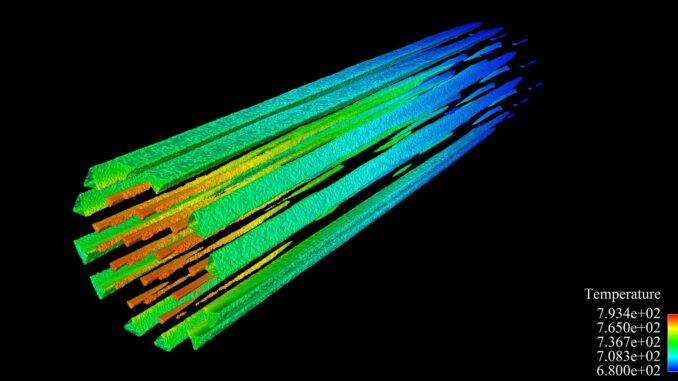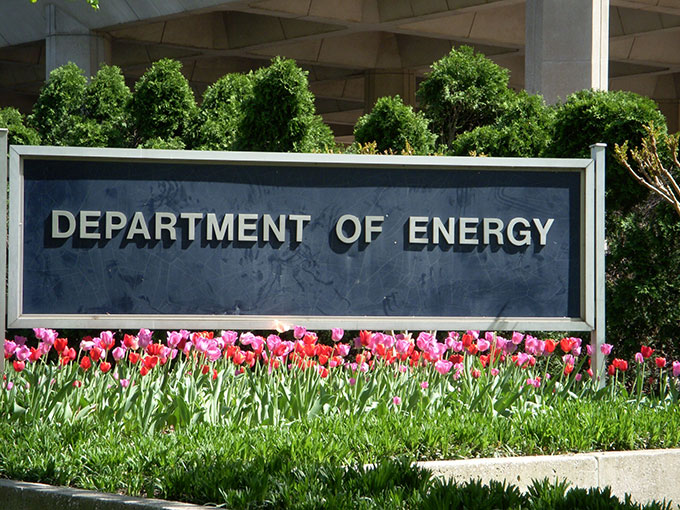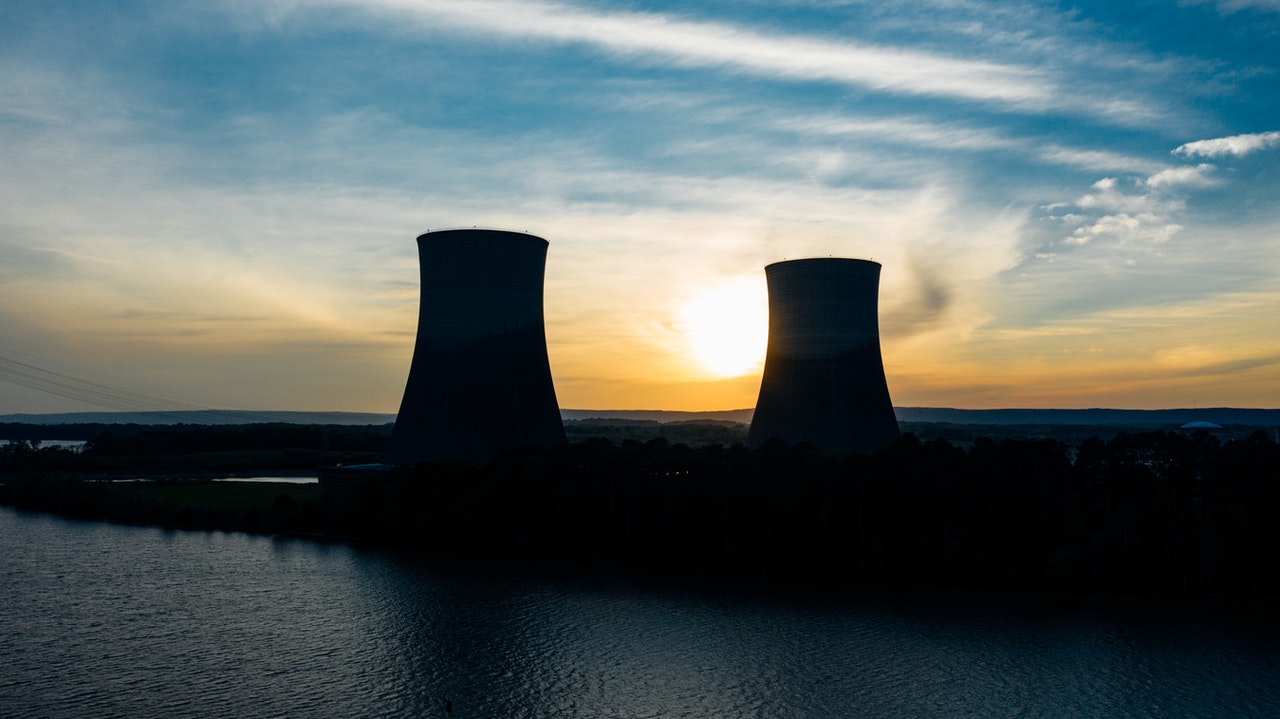
Fueled by year-end funding legislation and government grants awarded last year, public and private sector researchers will seek to develop an advanced new class of nuclear reactors to create carbon-free energy that will help meet climate change goals.
Shortly after the Department of Energy’s Advanced Reactor Demonstration Program (ARDP) concluded distributing $210 million in research grants for so-called “advanced nuclear reactors” last year, Congress signaled those grants were just the beginning, as it had approved as much as $1.5 billion for additional research.
“This legislation demonstrates growing confidence in our nation’s largest source of carbon-free energy, while building on efforts to ensure nuclear energy is properly valued alongside wind and solar in the United States’ carbon-free energy future,” said Maria Korsnick, president and CEO of the Nuclear Energy Institute, in a statement.
“As urgency to address our changing climate grows, we know that investment in innovations, like next-generation nuclear reactors, will become increasingly important in meeting our climate goals,” she said. “Federal funding towards proven solutions, like nuclear energy, should continue to expand to match the challenges ahead. This will require the deployment of new nuclear designs and policies that preserve existing carbon-free nuclear plants.”

Whereas traditional, large-scale nuclear reactors have stalled in the U.S., the new round of congressional funding is targeted towards new advanced reactors, which industry officials said offer more flexibility, quicker deployment and can more easily be paired with renewable energy facilities.
The Energy Department selected five research teams for $30 million in risk reduction projects for advanced nuclear reactors on Dec. 16. Those grants follow $160 million awarded in October to two projects that seek to develop and construct advanced nuclear reactors within the next seven years.
“All of these projects will put the U.S. on an accelerated timeline to domestically and globally deploy advanced nuclear reactors that will enhance safety and be affordable to construct and operate,” said former U.S. Secretary of Energy Dan Brouillette. “Taking leadership in advanced technology is so important to the country’s future because nuclear energy plays such a key role in our clean energy strategy.”
The two projects selected for the demonstration programs were touted by the department for their range of design features, as well as their affordability and ease of operation.
“The awards are the first step of a new program that will strengthen American leadership in the next generation of nuclear technologies,” said Brouillette. “These partnerships will help maximize DOE’s investment in advanced reactors, which play a vital role in our clean energy strategy.”
One of these projects, the Natrium reactor developed by Washington-based TerraPower, features thermal power storage technology that will enable it to work in tandem with renewable power sources.
“In addition to its superior economics, the Natrium technology solves an entirely new problem that utilities face today, the need for clean, firm generation and power storage to operate in tandem with wind and solar,” said Chris Levesque, TerraPower president and CEO.
Like some other recently developed advanced nuclear reactor designs, the Natrium uses an advanced new type of fuel that is easier to recycle, thus producing less waste while also reducing costs.
“TerraPower’s work on Natrium is phenomenal in terms of developing low-cost, large-scale energy technology that will meet the rising energy demand while reducing greenhouse gas emissions,” said Microsoft founder Bill Gates, chairman of TerraPower’s board of directors.
As the challenges of financing and permitting traditional nuclear reactors have slowed nuclear power progress in the U.S., the development of advanced new reactor technology promises to offer new possibilities for domestic nuclear power deployment.

Advanced reactors can offer many advantages, including more affordable construction methods that make them easier to finance, easier operating procedures that can enhance safety, and more versatility of use, allowing for functions like energy storage, desalination and heat generation for industrial uses, according to the Dept. of Energy.
The U.S. Nuclear Regulatory Commission issued its final safety review of the advanced reactor design from NuScale Power, whose small modular reactors are scheduled to begin operating at the Idaho National Laboratory by 2029, in September.
“Advanced reactors will break the mold of what we think nuclear energy can accomplish: some will be smaller, some will use different kinds of fuel and others will do more than just make electricity,“ wrote Matt Wald, a senior communication adviser for the Nuclear Energy Institute.
“Advanced reactors are designed by engineers who are fully familiar with existing plants and can use that experience to optimize the new ones, like a family building a house and wanting the kitchen just so,” he said. “New reactors will be simpler to operate because of insights gained from years of operations of the current fleet.”
(Edited by Carlin Becker and Bryan Wilkes)
The post More Nukes Is Good Nukes: Congress Puts $1.5 Billion Into Nuclear In Green Energy Bid appeared first on Zenger News.
